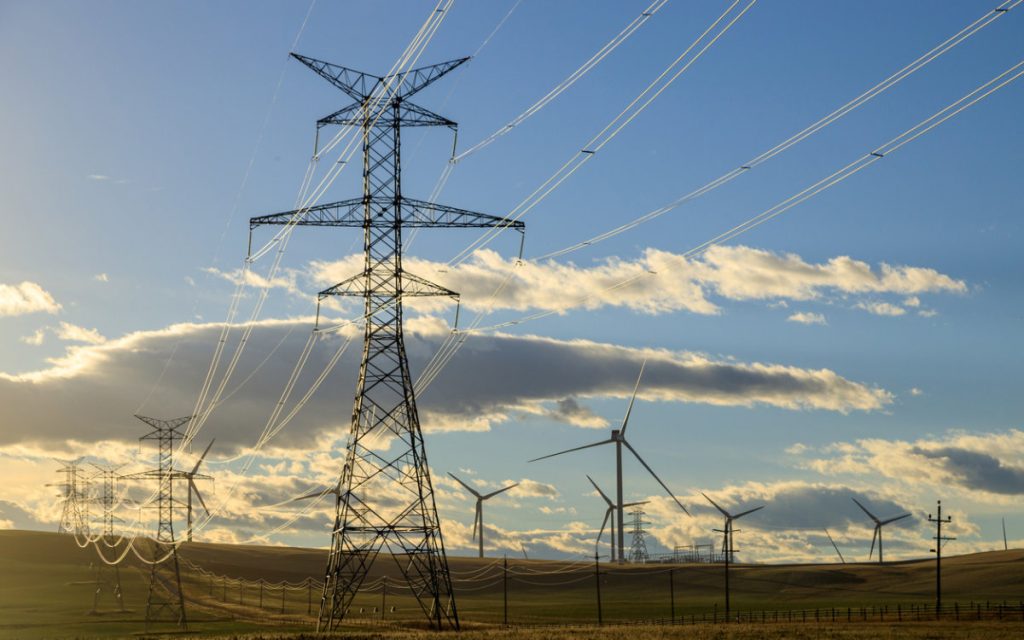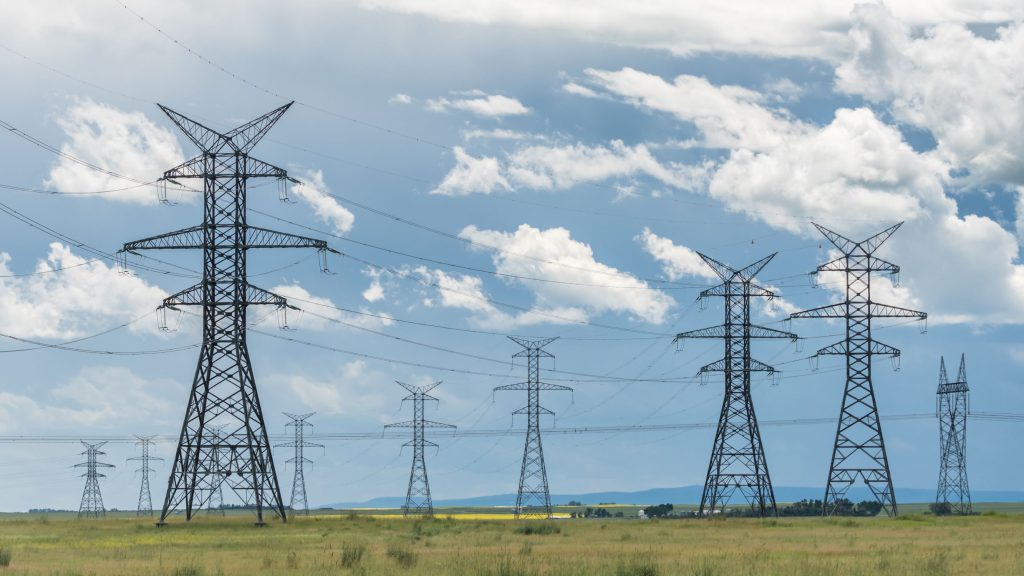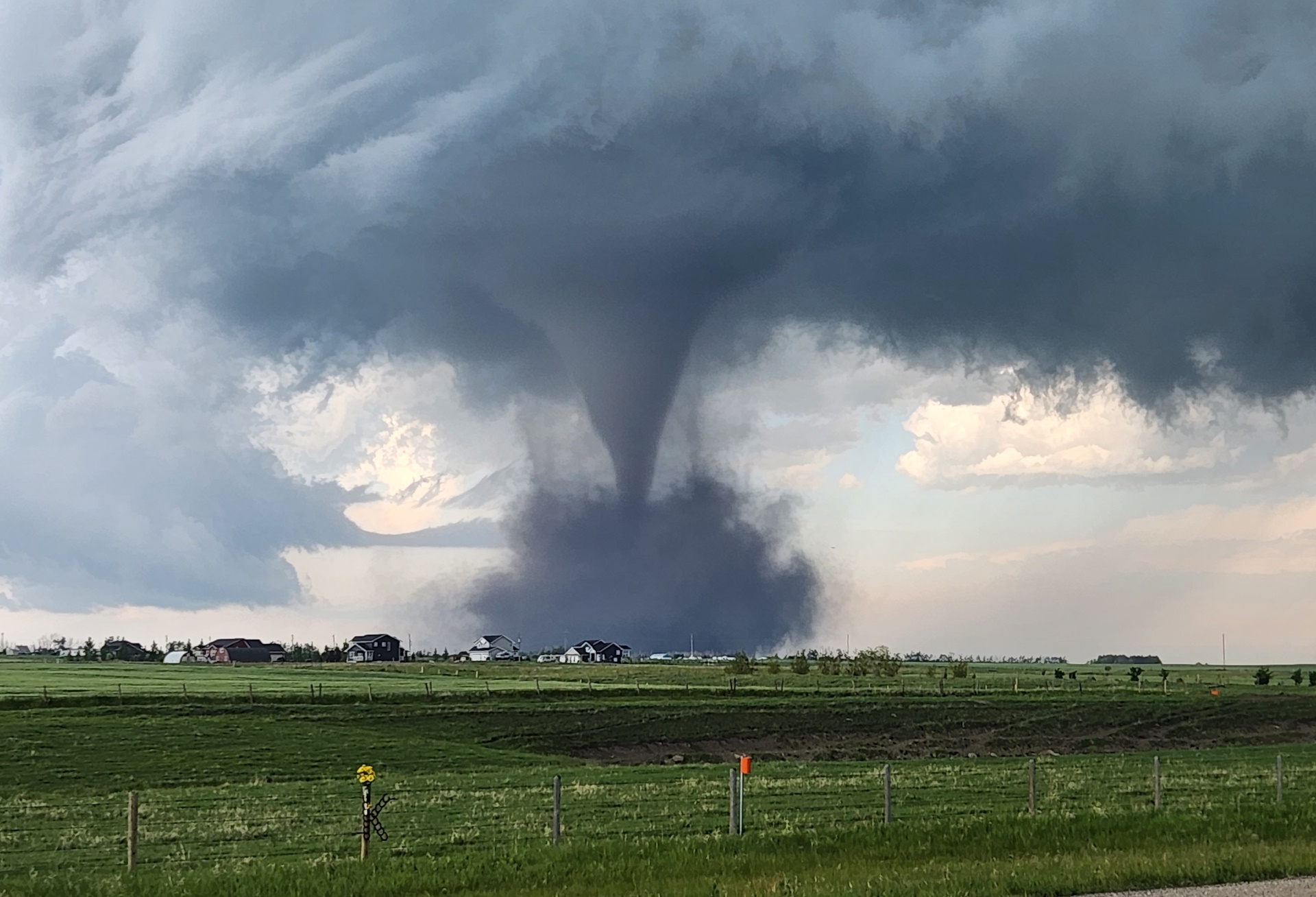Industry Information
Elevating Industries, Empowering Futures. AFREA, Your Source for Insightful Information.

THE AFREA Position on Transmission
Alberta Electric System Operator (AESO)
The 2020 Long-term Transmission Plan (2020 LTP) identifies current and future transmission needs for a range of possible demand and generation conditions, and sets out flexible plans to respond to them.
Topics we look to cover in depth on our blog page will include:
- Identification of Critical Transmission
- Competition and Transmission
- Heartland Transmission Project




Transmission upgrades are required
AFREA Position on Transmission
In our letters to the Alberta Government and the Alberta Utilities Commission, the AFREA supports the upgrade and construction of a transmission infrastructure that will not only provide an efficient reliable utility network for consumption today but also a system that will support a growing province and an increasing demand for more electricity in the future. We are also of the opinion that fair and equitable compensation is a must for those who provide their land for the necessary right-of-way access.
The standard above ground transmission tower design is appropriate technology for most of North America and we feel that this is also appropriate for Alberta`s system. It would be our recommendation that if other options are required in areas where concerns have been raised, such as in the Heartland Transmission Project, then the AFREA feels that the cost of the specialized infrastructure should be the responsibility of the requesting party. To provide otherwise, sets dangerous precedent as we move forward in other areas – in the end it should be the power consumers in affected area that see the effect of this request on their tax or power bills, not all Albertans.
The Electric Statutes Amendment Act
Bill 50
Alberta Energy Strategy
2009
Alberta Utilities Commission
Key Electricity Players in Alberta
Alberta Utilities Commission (AUC)
Our principal regulator. The AUC operates with many of the same powers as a court of law. It approves:
- utility rates charged by regulated retailers (Regulated Rate Option), but not the rates of competitive retailers.
- new generation projects, but not wholesale electricity prices.
- new transmission projects and prices to deliver higher-voltage electricity via transmission lines.
- new distribution facilities and the prices charged to deliver lower-voltage electricity to homes and businesses.
Alberta Electric System Operator (AESO)
The AESO operates the provincial power grid 24/7 by dispatching the power sold by generators, using the lowest-priced electricity first and then the next lowest price until the need for power is satisfied. It is a not-for-profit organization with no financial investment in the industry.
The Balancing Pool is an independent corporation created to market power from older generation contracts that were unsold after the electricity market was deregulated.
Market Surveillance Administrator (MSA)
The MSA monitors the wholesale electricity, retail electricity, and natural gas markets investigating issues that come to its attention through surveillance or complaints. The MSA may, at its discretion, issue fines, negotiate settlements or ask the AUC to hold a hearing.
Utilities Consumer Advocate (UCA)
UCA represents the interests of consumers before proceedings of the AUC and other bodies. It also informs and educates consumers about electricity issues.

What is Micro-Generation
MICRO-GENERATION
Micro-generation is electricity production, using renewable or alternative energy sources, sized to meet customer’s electricity needs.
Under the Electric Utilities Act, the Micro-generation Regulation, allows Albertans to meet their own electricity needs by generating electricity from renewable or alternative energy sources.
Micro-generators producing excess electricity receive credits for what they feed to the grid. They are either:
- Small micro-generators (under 150 kilowatts) who are credited for the electricity sent back to the grid on a monthly basis at their retail rates, but they may also install a suitable meter to receive credit for excess electricity based on hourly wholesale market prices; or
- Large micro-generators (sized 150 kilowatts and above) who are credited for the electricity sent back to the grid at the hourly wholesale market price.



Discussion Principles
Climate Change Position
We, as a collective, are working toward a sustainable future for all REAs in the province with options that allow for growth and prosperity. We do not operate in isolation – Rural Electrification Associations (REAs) are an integral part of a dynamic industry governed by overriding economic principles for the fair, efficient & affordable provision of electricity. The Alberta strategy on climate change challenges the foundation of our distribution system with the elimination of coal-fired generators by 2030. Because we are part of the bigger picture in Alberta, it is imperative that we devise and implement a long term strategy to ensure REAs make the transition to this inevitable industry transformation.
REAs in Canada are only found in
Alberta
Currently there are 22 AFREA member associations. To see a full list of our Member Directory and all of their information please visit the following link:
